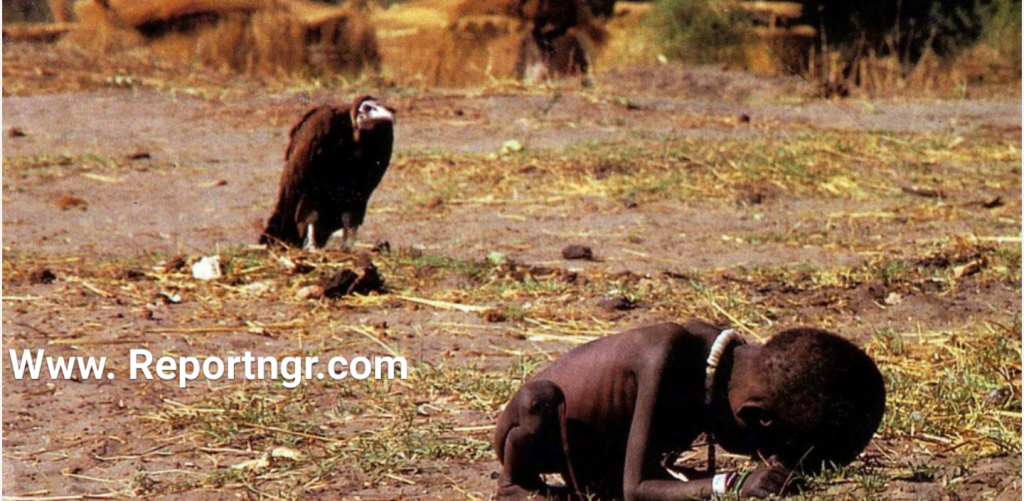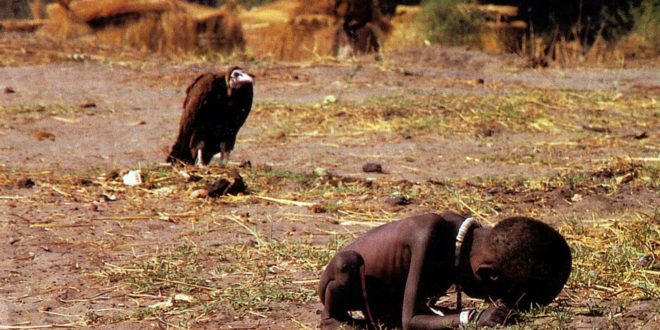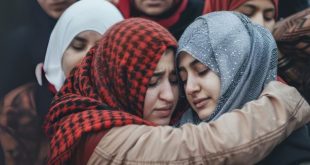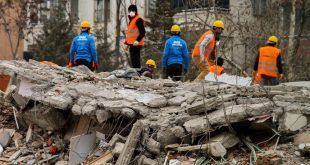Kevin Carter was a South African photo journalist. Carter took the picture of a Sudanese malnourished war victim girl. The incident happened during the Sudanese war.
In March 1993, Kevin Carter made a trip to Sudan. Near the village of Ayod, in Sudan, Carter found a girl. The girl had stopped to rest while struggling to a United Nations feeding center.
Meanwhile, a vulture had landed nearby. The vulture probably noticed how weak and fragile the girl was. It was about to either attack the girl alive or follow the girl who might drop dead any moment.

However, Kelvin Carter was careful not to disturb the bird. He waited for twenty minutes until the vulture was close enough to the girl. Ready to attack the girl.
Carter positioned himself for the best possible image. He took the picture and only then chased the vulture away. But left without helping the child to the center.
At this point, Carter was probably not yet aware of the gravity of what he had snapped. He had shot one of the most controversial photographs in the history of photojournalism.
Nevertheless, the vulture was waiting for the girl to pass away before preying on her.
After this photograph was taken by South African photo journalist, Kevin Carter, while on assignment to Sudan. He took his own life a couple of month later due to depression.
The parents of the children were busy taking food from the plane. So, they had left their children only briefly while they collected the food. This was the situation for the girl in the photo taken by Carter.
A vulture landed behind the girl. To get the two in focus, Carter approached the scene very slowly. So as not to scare the vulture away and took a photo from approximately 10 meters. He took a few more photos before chasing the bird away.
Kevin Carter sold the photograph to The New York Times where it appeared for the first time on March 26th, 1993.
Practically overnight, hundreds of people contacted the newspaper to ask whether the child who is an unfortunate victim of the Sudanese war had survived.
This led the New York Times Newspaper to run a special editor’s note saying the girl had enough strength to walk away from the vulture. But that her ultimate fate was unknown.
Because of this, Carter was bombarded with questions upon questions about why he did not help the girl. And only used her to take a photograph for commercial gain.
As with many dramatic photographs, Carter came under criticism for this shot.
The St. Petersburg Times in Florida wrote: “The man adjusting his lens to take just the right frame of her suffering. He might just as well be a predator. Another vulture was on the scene”.
The attitude that public opinion condemned was not only that of taking the picture instead of immediately chasing the vulture away. But also the fact that he did not help the girl afterwards.
Kevin Carter later explained that leaving her in such a weak condition to continue the march by her self towards the feeding center has been his nightmare.
Carter said “I am really, really sorry. The pain of life overrides the joy to the point that joy does not exist. I am depressed. No phone, no money for rent, no money for child support. No money for debts… money!!!…
”I am haunted by the vivid memories of Sudanese killings and corpses and anger and pain. Memories of starving or wounded children. Memories of trigger-happy madmen, often police, and of killer executioners”.
I have gone to join Ken [ referring to his recently deceased colleague Ken Oosterbroek] if I am that lucky”.
However, Carter was working in a delicate time. The time when photojournalists were told not to touch famine victims for fear of spreading disease.
Carter estimated that there were twenty people dying per hour at the food center in Sudan. The child was not unique. Regardless, Carter often expressed regret that he had not done anything to help the girl. Even though there was not much that he could have done. But at least lifting the girl to the food center or giving her some water from his own water flask.

In 1994, Kevin Carter won the Pulitzer prize for this disturbing photograph of the Sudanese war child being stalked by a vulture. That same year, Kevin Carter committed suicide as a result of depression from his actins and inactions.
Kevin Carter was the tragic example of the toll photographing such suffering can take on a person. Along with his famous photograph, Carter had captured such things as a public necklacing execution in 1980s in South Africa.
This was along with the violence of the time. It included shootouts and other executions. Carter spoke of his thoughts when he took these photographs during Sudanese war:
“I had to think visually. I am zooming in on a tight shot of the dead guy and a splash of red. Going into his khaki uniform in a pool of blood in the sand. The dead man’s face is slightly gray. You are making a visual here. But inside something is screaming: ‘My God!’. But it is time to work. Deal with the rest later. If you can’t do it, get out of the game”. Kevin Carter said.
The suicide: On 27 July 1994 Carter drove his way to Parkmore near the Field and Study Center. An area where he used to play as a child. There, he committed suicide. He taped one end of a hose to his pickup truck’s exhaust pipe. And running the other end to the driver’s side window.
He died of carbon monoxide poisoning at the age of 33.
Carter’s suicide note reads :“I am really, really sorry. The pain of life overrides the joy to the point that joy does not exist… I am depressed… without phone… money for rent … money for child support… money for debts… money!!!…
Am haunted by the vivid memories of killings and corpses and anger and pain… of starving or wounded children, of trigger-happy madmen, often police, of killer executioners… And have gone to join Ken [recently deceased colleague Ken Oosterbroek] if I am that lucky. turning
Five Striking Things That Happened After The Kelvin Kiptum’s Death
Putin Faces Backlash As Russian Opposition Leader Dies In Prison
Easiest Tips To Verify Your Site With Google Search Console
Hear What Tyla Said About Others After Winning Grammy Award
Source :rarehistoricalphotos.com








![The food poisoning deaths occurred less than 24 hours after consuming oil bean flakes [a popular food synonymous to Imo citizens].](https://www.reportngr.com/wp-content/uploads/2025/01/FB_IMG_1736345280752-310x165.jpg)

